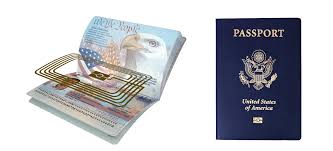Verify US Authentic Passport
The United States passport is one of the most secure travel documents in the world, incorporating advanced anti-counterfeiting features. With the rise of fraudulent passports, it’s crucial to know how to verify authenticity. This guide highlights key security elements, including watermarks, biometric chips, and special printing techniques, ensuring you can spot a genuine U.S. passport.

Authenticating a U.S. passport requires careful examination of its security features. First, inspect the biometric chip, embedded in the cover of e-passports. This chip securely stores the passport holder’s personal data and can be verified electronically at border control. A missing or malfunctioning chip is a red flag for forgery.
Next, examine the holograms and optically variable ink. The cover features a color-shifting ink on the Great Seal, which changes from green to gold when tilted. Inside, the holder’s photo page has a transparent holographic overlay that displays multiple images depending on the viewing angle.
The passport’s watermark and UV security features further confirm authenticity. When held up to light, a watermark of Benjamin Franklin is visible. Under UV light, intricate patterns, embedded fibers, and glowing elements appear throughout the document.
Microprinting is another security measure—tiny text along the edges of the pages that is impossible to replicate with standard printing methods. Additionally, page numbers contain raised ink, giving them a unique texture.
For extra verification, always compare passport details with official government databases. Understanding these security features ensures the legitimacy of a U.S. passport and helps prevent identity fraud.
Crafting such a work requires precision and high-tech materials and tools. So we provide all such with heavy care on details for your authentic fake.
